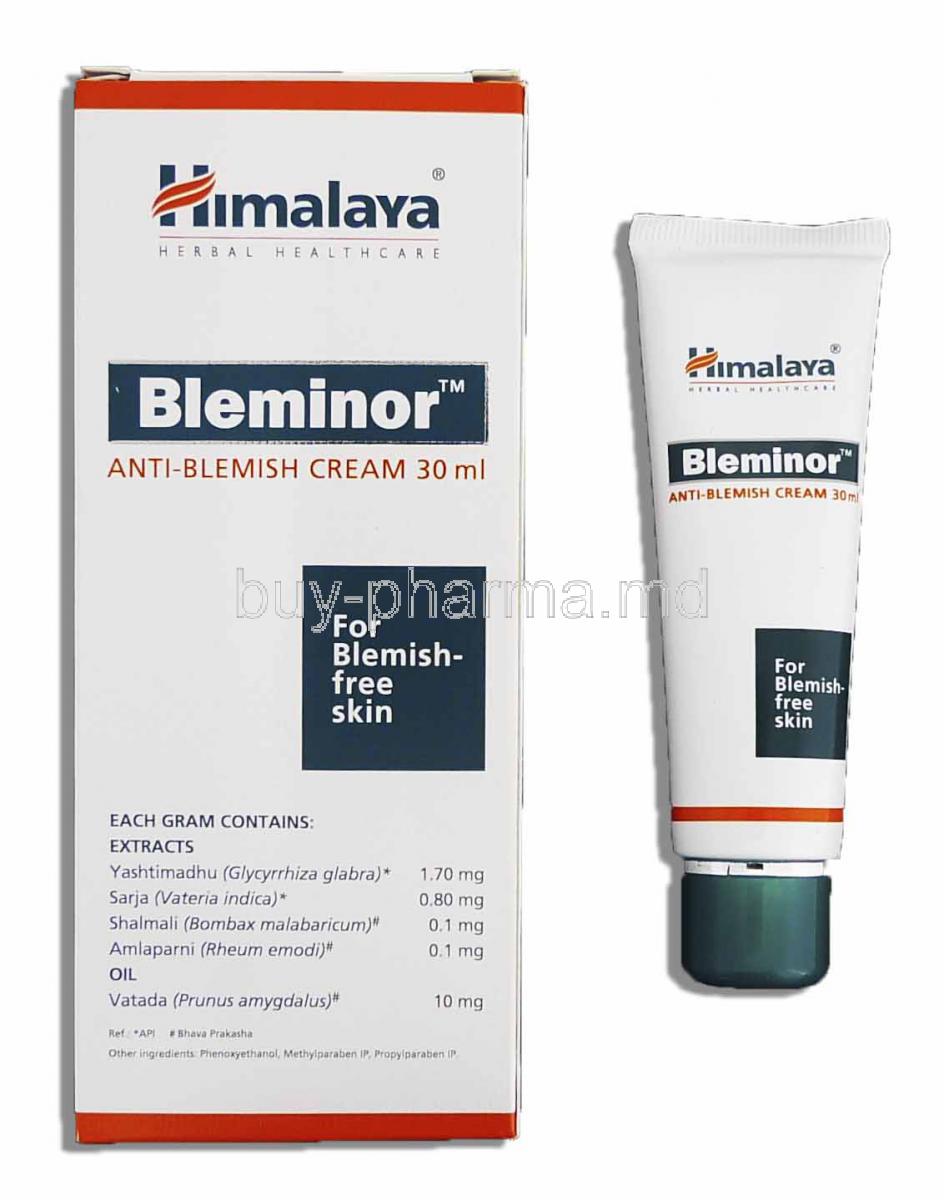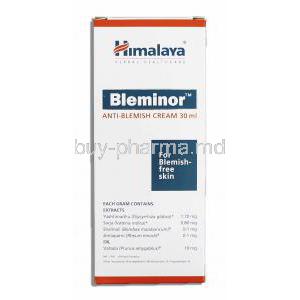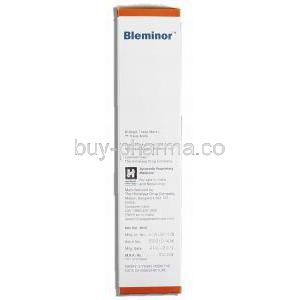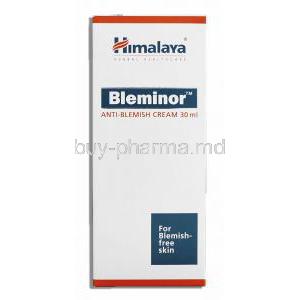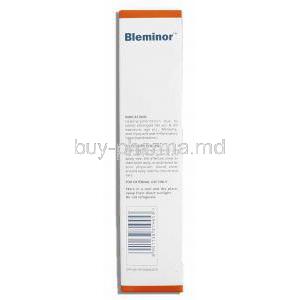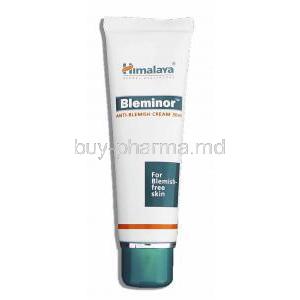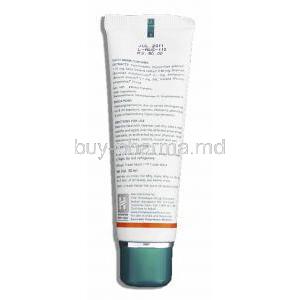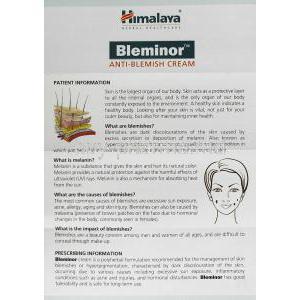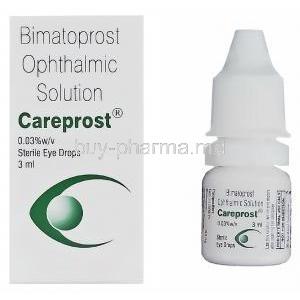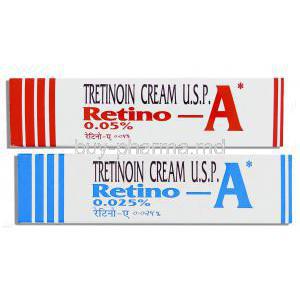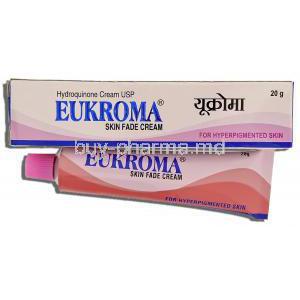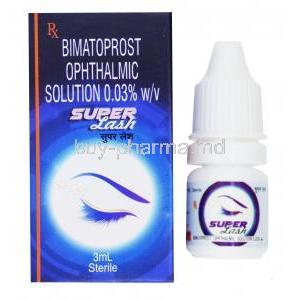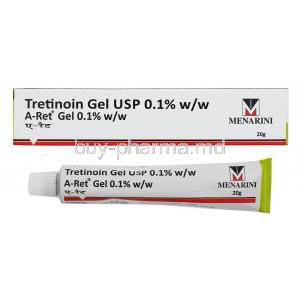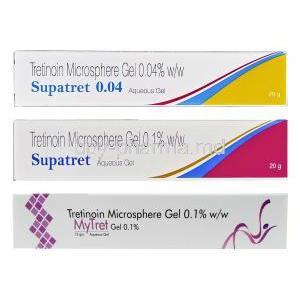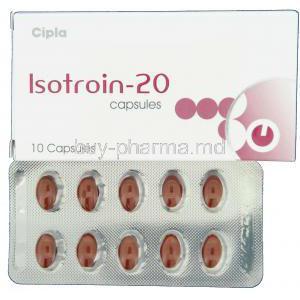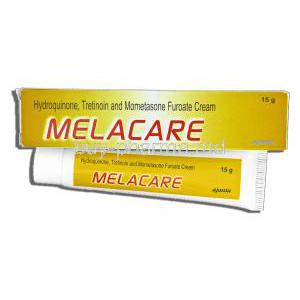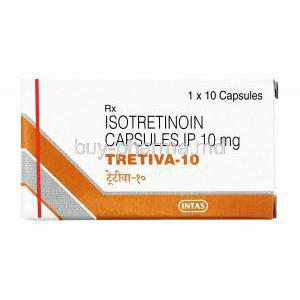Himalaya Bleminor Anti-Blemish Cream
- 1. Introduction to Himalaya Bleminor Anti-Blemish Cream
- 2. Bleminor Anti-blemish Cream Composition
- 3. Bleminor Anti-blemish Cream uses
- 4. Off-Label and Alternative Uses
- 5. Mechanism of Action: How Bleminor Cream Works
- 6. Dosage and Method of Application
- 7. Proper Storage and Shelf Life
- 8. Common Side Effects and User Reactions
- 9. Less Common and Severe Side Effects
- 10. Drug and Cosmetic Interactions
- 11. Contraindications for Use
- 12. Guidelines for Careful Administration
- 13. Important Safety Precautions During Use
- 14. Use in Pediatric and Adolescent Populations
- 15. Administration to Elderly Patients
- 16. Use During Pregnancy and Breastfeeding
- 17. Handling and Disposal Guidelines
- 18. Overuse and Accidental Overdosage
1. Introduction to Himalaya Bleminor Anti-Blemish Cream
Himalaya Bleminor Anti-Blemish Cream is a topical herbal formulation crafted to address uneven skin tone, facial discoloration, and persistent blemishes. Developed under the Ayurvedic principles of balance and restoration, this cream leverages botanical ingredients to correct skin pigmentation disorders and improve dermal clarity.
Manufactured by Himalaya Herbals, a globally recognized brand known for merging traditional herbal knowledge with modern pharmaceutical processes, Bleminor represents the brand's commitment to safe, effective skincare solutions. The product specifically targets:
- Post-inflammatory hyperpigmentation (PIH)
- Melasma and chloasma
- Dark spots from acne or minor skin injuries
2. Bleminor Anti-blemish Cream Composition
Bleminor's formulation is rooted in scientifically validated herbal actives:
- Licorice (Glycyrrhiza glabra): Known for its glabridin content, this extract inhibits tyrosinase activity, effectively reducing melanin production.
- Indian Copal Tree (Boswellia serrata): Provides anti-inflammatory benefits, helping to calm irritated skin and reduce pigmentation triggered by inflammation.
- Almond Oil: A rich emollient that nourishes dry skin, supports skin renewal, and improves texture.
Additional excipients include cream base agents, stabilizers, emulsifiers, and preservatives that enhance product consistency and longevity. Each component is selected to ensure compatibility with sensitive skin types.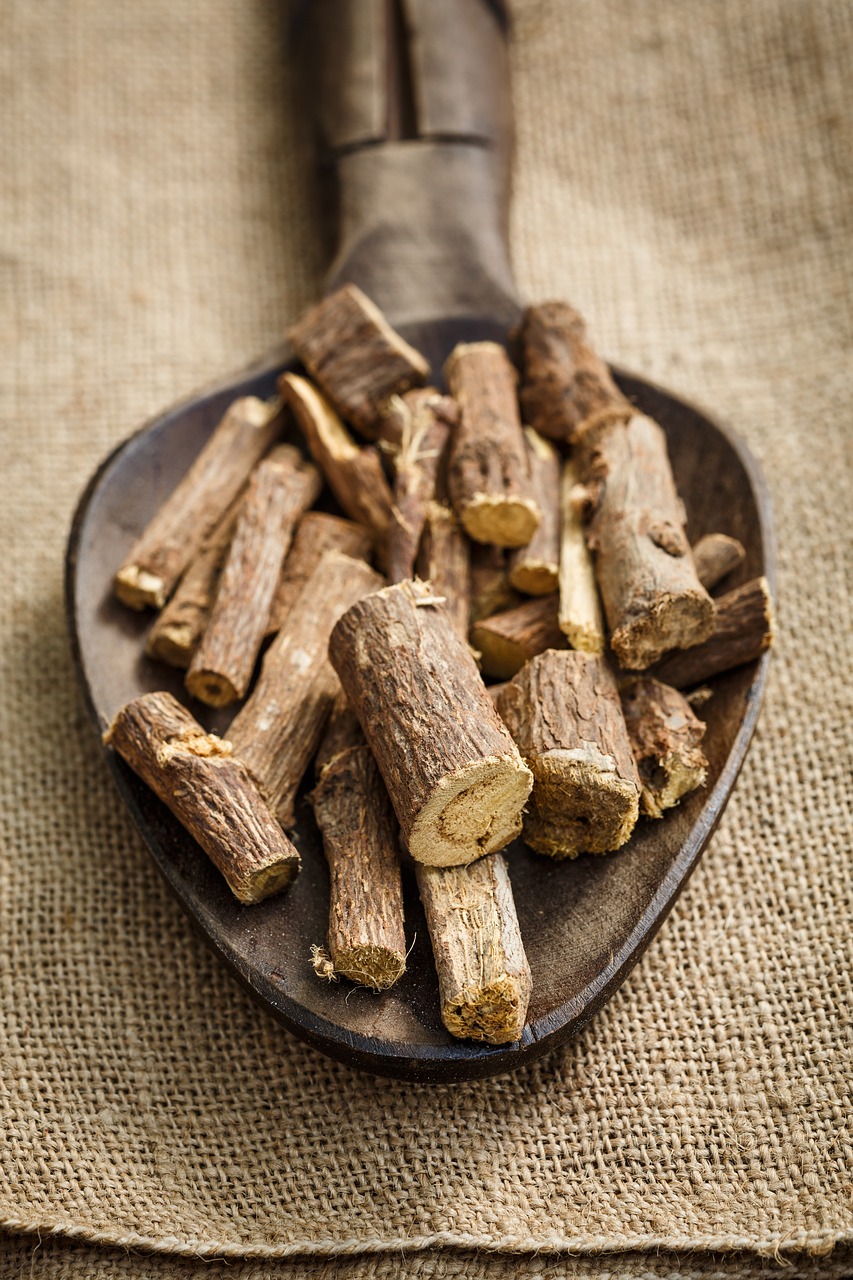
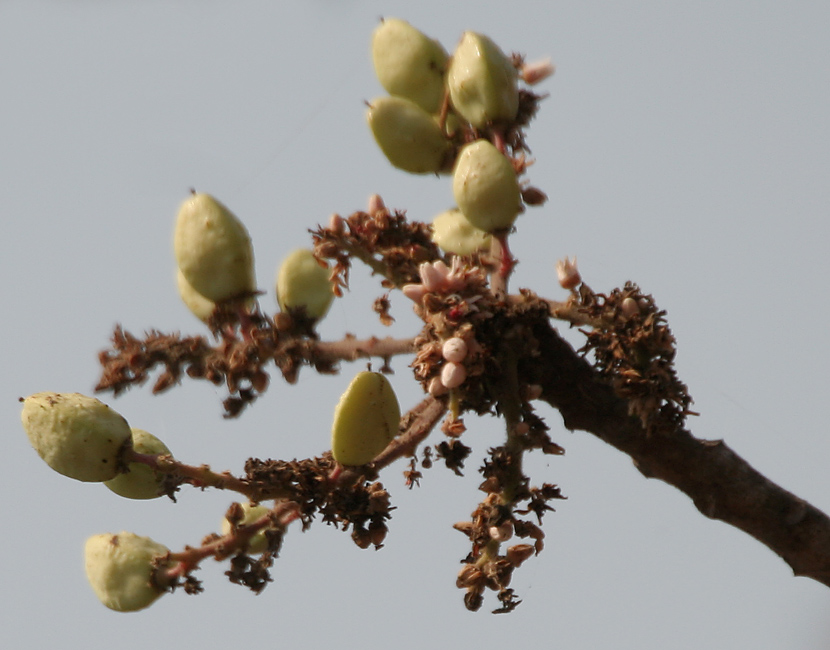
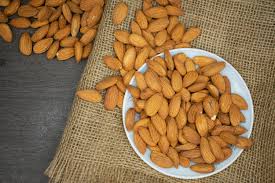
3. Bleminor Anti-blemish Cream uses
Bleminor Cream is commonly used for addressing pigmentation issues stemming from various causes:
- Post-inflammatory hyperpigmentation: Helps fade dark patches following acne, eczema, or minor trauma.
- Melasma: Reduces the appearance of hormonal pigmentation, especially in the malar region of the face.
- Acne scars and blemishes: Assists in smoothing skin tone and promoting a more uniform complexion.
- Overall complexion enhancement: Used for brightening dull skin and achieving a balanced facial appearance.

4. Off-Label and Alternative Uses
While primarily intended for hyperpigmentation, Bleminor has found additional uses in dermatological and cosmetic routines:
- Adjunct to retinoids or Vitamin C serums: Enhances efficacy while reducing potential irritation.
- Sunburn pigmentation relief: May help fade lingering discoloration from UV exposure.
- Under-eye pigmentation: Anecdotal reports suggest cautious application helps with mild periorbital darkening.
- Tanning irregularities: Sometimes applied to areas of uneven tanning for tonal correction.
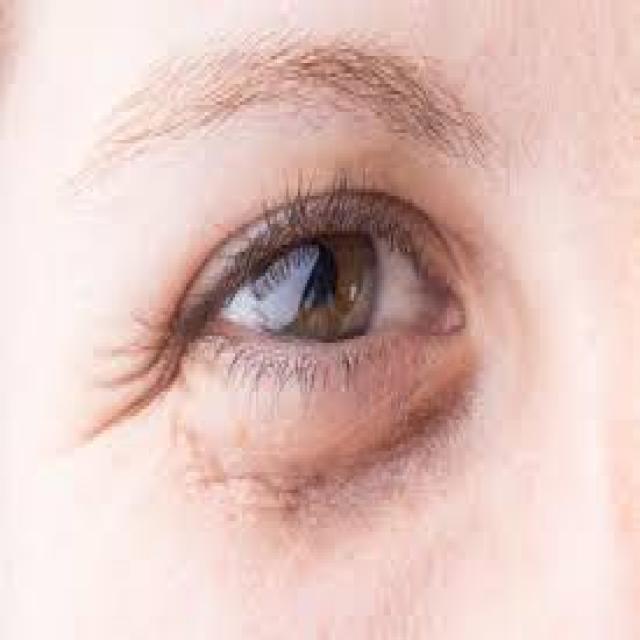
5. Mechanism of Action: How Bleminor Cream Works
Bleminor exerts its effect through a synergistic triad of mechanisms:
- Tyrosinase inhibition: By limiting the activity of this key enzyme in melanin biosynthesis, the cream helps reduce new pigment formation.
- Anti-inflammatory response: Active herbs attenuate dermal inflammation, curbing further pigmentation triggers.
- Antioxidant protection: Neutralizes free radicals that damage melanocytes and exacerbate uneven pigmentation.
The emollient base ensures skin hydration and barrier integrity, further enhancing results.
6. Dosage and Method of Application
For optimal results, users should follow the protocol below:
- Frequency: Apply twice daily, morning and evening, on cleansed skin.
- Dosage: Use a pea-sized amount for each affected area.
- Duration: Visible improvements typically begin after 4-6 weeks of regular use. Full benefits may take up to 12 weeks.
Cleanse face with a mild, non-comedogenic cleanser before application. Avoid layering with harsh actives unless advised by a healthcare professional.
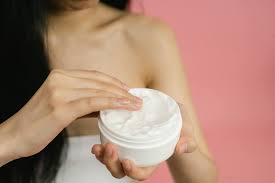
7. Proper Storage and Shelf Life
Maintaining product integrity is key for sustained efficacy:
- Temperature: Store below 30°C (86°F), away from direct sunlight.
- Humidity: Keep the container tightly closed to prevent moisture contamination.
- Shelf life: Typically 24 months from the date of manufacture. Discontinue use if product odor or texture changes.
8. Common Side Effects and User Reactions
Bleminor is generally well-tolerated, though some users may experience mild skin responses:
- Transient redness or tingling sensation
- Dryness or minor flaking during initial use
These effects are usually self-limiting and resolve within a few days of continued use or temporary cessation.
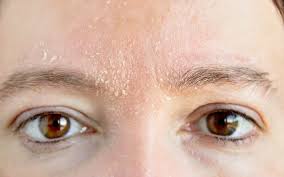
9. Less Common and Severe Side Effects
Though rare, more significant adverse reactions have been noted:
- Allergic contact dermatitis: Characterized by itching, swelling, or rash; requires discontinuation and medical advice.
- Paradoxical hyperpigmentation: May result from sun exposure post-application without sunscreen protection.
If symptoms worsen or persist beyond a few days, a dermatologist should be consulted immediately to rule out allergic sensitivity or misuse.
10. Drug and Cosmetic Interactions
Himalaya Bleminor Anti-Blemish Cream should be used with caution alongside other dermatological agents due to the risk of compounded skin sensitivity or irritation.
- Retinoids and AHA/BHA peels: Concurrent use may heighten skin reactivity, leading to peeling, burning, or erythema. If co-administered, these products should be spaced at least 12 hours apart.
- Corticosteroids: Topical steroids may interfere with Bleminor's natural anti-inflammatory pathway or contribute to skin thinning when layered excessively.
- Sunscreens and makeup: Compatible with non-comedogenic formulations. Allow Bleminor to fully absorb before applying cosmetic products to avoid dilution or interaction at the skin barrier.
Spacing Bleminor and other actives strategically, morning vs. evening application, can optimize outcomes while minimizing unwanted reactions.

11. Contraindications for Use
Bleminor Cream is contraindicated in specific conditions where use may aggravate symptoms or compromise skin integrity:
- Known hypersensitivity: Individuals allergic to any component, including botanical actives, should avoid use.
- Open wounds or infected acne lesions: Application on compromised skin can exacerbate inflammation or lead to deeper irritation.
- Severe eczema or uncontrolled psoriasis: Requires physician evaluation before use, as the cream may be unsuitable without medical oversight.
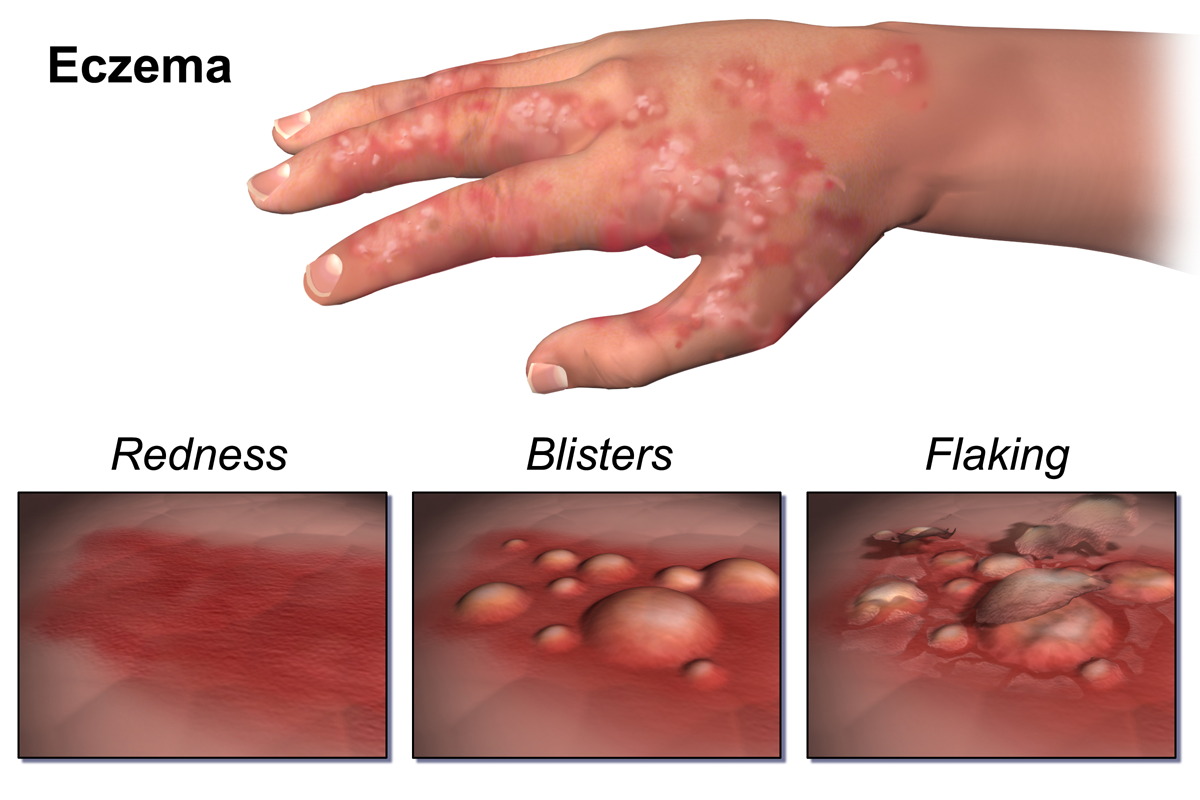
12. Guidelines for Careful Administration
To ensure skin compatibility and minimize adverse reactions, proper administration techniques are advised:
- Patch test: Apply a small amount to the inner forearm or behind the ear and observe for 24 hours before applying to the face.
- Gradual introduction: Begin with once-daily application before progressing to twice daily if no sensitivity is noted.
- Discontinuation: If redness, burning, or itching occurs and persists beyond 72 hours, discontinue use and consult a healthcare provider.
13. Important Safety Precautions During Use
To maintain safety and efficacy, users should adhere to the following precautions:
- Sun protection: Use of broad-spectrum sunscreen is critical to prevent UV-induced rebound pigmentation while on Bleminor therapy.
- Avoid sensitive areas: Do not apply near eyes, nostrils, lips, or mucous membranes to prevent irritation or accidental ingestion.
- Not a substitute for medical treatment: While effective for cosmetic hyperpigmentation, Bleminor is not a replacement for prescription therapies for chronic dermatologic conditions.
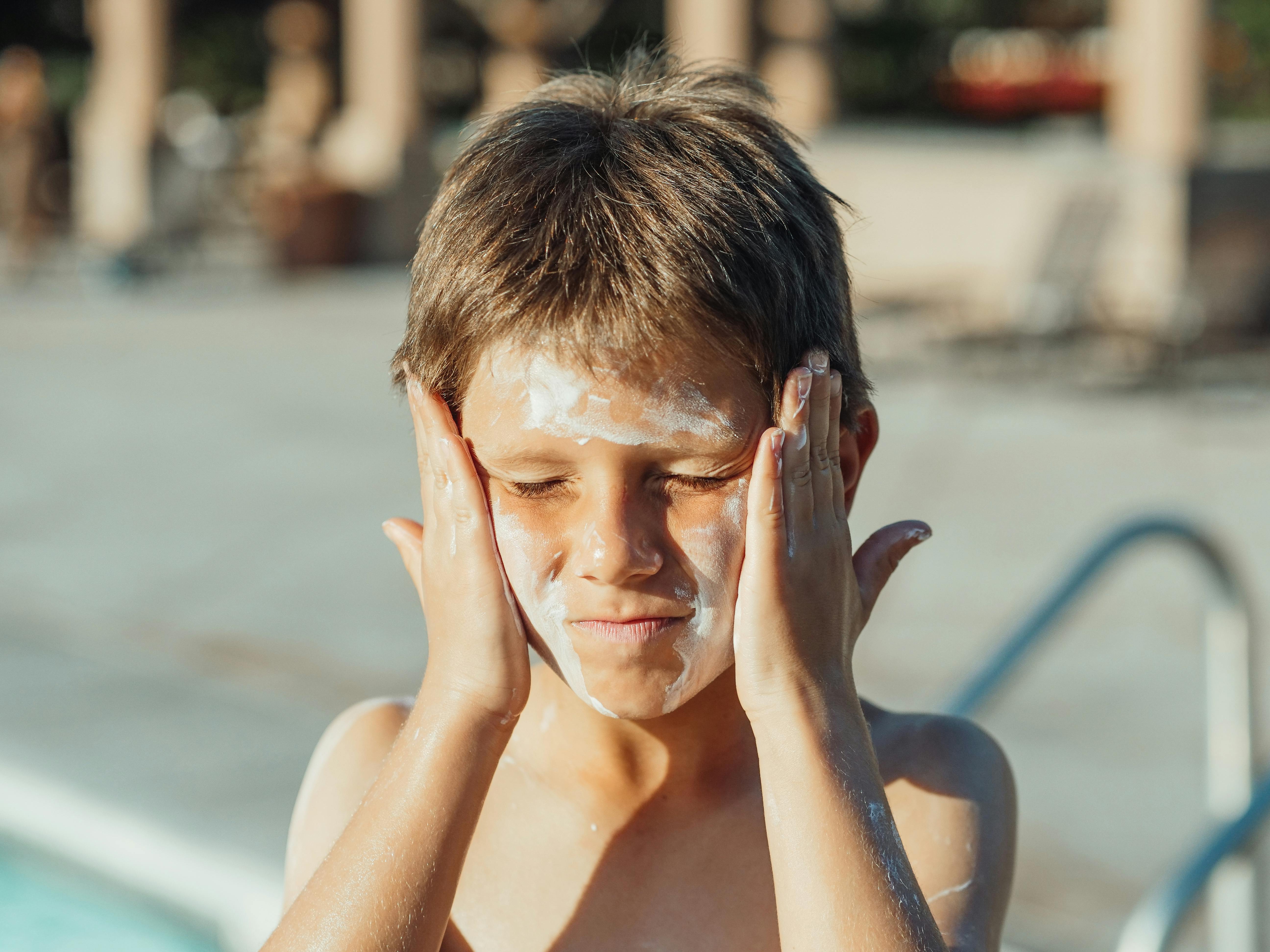
14. Use in Pediatric and Adolescent Populations
Bleminor may be cautiously used in younger age groups under specific conditions:
- Minimum age: Generally recommended for use in children above 12 years of age unless otherwise directed by a healthcare provider.
- Teen acne scars: Safe for use on post-acne pigmentation in adolescents when applied sparingly and under supervision.
- Sensitive pediatric skin: Perform patch testing and monitor closely to avoid allergic or irritant responses.
15. Administration to Elderly Patients
In geriatric populations, special attention should be given to skin changes associated with aging:
- Skin fragility: Thinner epidermis and reduced lipid content may heighten sensitivity to topical products.
- Adjusted use: Start with reduced frequency and observe response before increasing application.
Moisturizing support may be co-administered to enhance tolerance in mature skin.
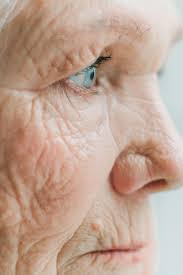
16. Use During Pregnancy and Breastfeeding
Although Himalaya Bleminor is topically applied and minimally absorbed, prudent caution is advised:
- Minimal systemic absorption: Active botanical ingredients do not typically enter systemic circulation in significant amounts.
- Safe zones: Avoid application to the breast area during lactation to prevent infant contact during nursing.
- Medical supervision: Always advisable during pregnancy or breastfeeding to avoid inadvertent fetal or neonatal exposure.
17. Handling and Disposal Guidelines
Proper handling ensures product hygiene and environmental safety:
- Tube hygiene: Do not allow the nozzle to contact fingers or contaminated surfaces. Reseal tightly after each use.
- Expired product: Check expiry before use. Discontinue if changes in texture, smell, or color occur.
- Eco-friendly disposal: Follow local waste disposal regulations. Do not flush unused cream or packaging.
18. Overuse and Accidental Overdosage
Excessive application may disrupt skin homeostasis:
- Irritation or rebound pigmentation: Overuse may lead to paradoxical darkening or epidermal inflammation.
- Excess application response: Rinse area with mild cleanser and cool water. Discontinue use temporarily.
- Skin barrier restoration: Apply a ceramide-rich moisturizer to accelerate recovery. Reintroduce Bleminor gradually after full recovery.
Himalaya Bleminor Anti-Blemish Cream FAQ
- What is Himalaya Bleminor anti blemish cream used for?
- What are the side effects of Bleminor Cream?
- What is anti blemish cream used for?
- What is herbal anti blemish cream used for?
- How long does it take for blemish cream to work?
- How often should I use blemish cream?
- How to use Himalaya Bleminor cream?
- What is the difference between blemishes and dark spots?
- How often should I use blemish control?
- Do you put blemish cream on before or after moisturizer?
- What is the difference between blemish and pimple?
- How long do blemishes take to clear?
What is Himalaya Bleminor anti blemish cream used for?
The components found in Bleminor have properties that reduce inflammation and oxidative stress while also acting as an agent to help prevent spots caused by repeated inflammation and improve skin discoloration from injuries.
What are the side effects of Bleminor Cream?
No reported side effects
What is anti blemish cream used for?
The Anti-blemish cream is a product formulated to reduce skin pigmentation and promote the radiance and smoothness of the skin.
What is herbal anti blemish cream used for?
Regulate the production of melanin to avoid skin darkening, improve blemishes, balance the skin's levels, unveil a smoother texture, and rejuvenate and revitalize the skin.
How long does it take for blemish cream to work?
6 weeks
How often should I use blemish cream?
Begin by using the application every couple of days and gradually increase the frequency to daily or twice a day usage.
How to use Himalaya Bleminor cream?
Make sure to wash your face using a cleanser. Gently pat it dry afterward, then apply a small amount of Bleminor Cream on the areas that need it, following your physician's instructions, for twice daily use.
What is the difference between blemishes and dark spots?
Skin discoloration caused by alterations in melanin levels can manifest as pigmentation or dark spots, whereas blemishes encompass not only spots but also issues such as clogged pores, acne, which includes blackheads, and various types of skin eruptions, like papules and pustules.
How often should I use blemish control?
Begin by using the application every few days, then gradually increase to using it daily or twice a day.
Do you put blemish cream on before or after moisturizer?
Before moisturizer
What is the difference between blemish and pimple?
When a red and swollen spot is packed with pus inside it is referred to as a "pustule." Pustules come in different sizes and are often recognized as pimples.
How long do blemishes take to clear?
2-3 months longer

